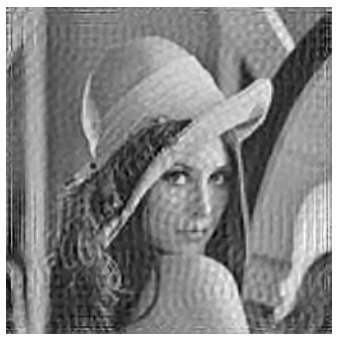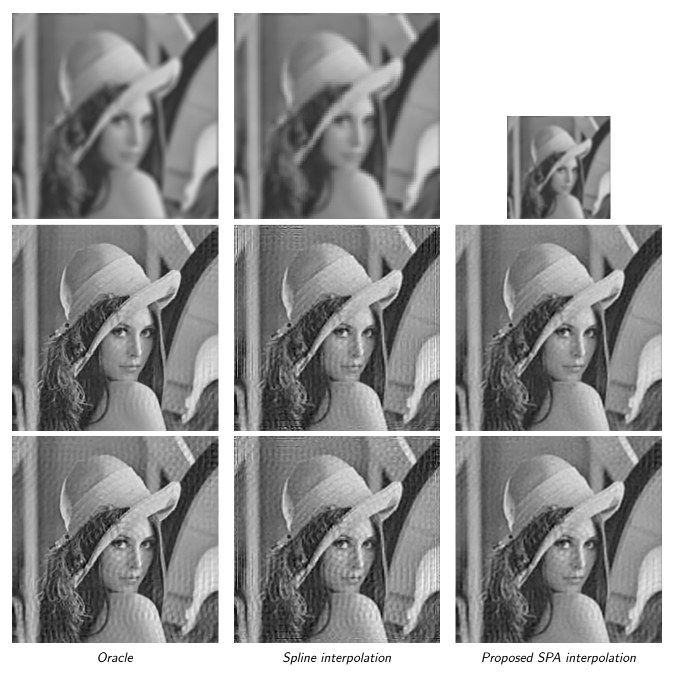Spectral Pre-Adaptation for Restoring Real-World Blurred Images using Standard Deconvolution Methods

Do you want to see a demo of how the best image restoration algorithms work?
Offset equivalence means that the image has the same blur at all points and does not suffer from aliasing. The circular boundary condition assumes that the image is rectangular and repeats itself periodically, which would imply that the top of the image continues at the bottom and the end of the image on the left continues without sudden jumps to the right.
Discrepancies between the simplified models and the actual fuzzy observations cause strong artifacts in image restoration.
What are artifacts
An artifact is a visible distortion in the treated image, such as visible lines that were not there before.

In this work the scientific team with the participation of Fraunhofer from Singapore, The Institute for Information Theory and Automation of the Czech Academy of Sciences and the Group of Image and Vision Sciences of the Institute of Optics has presented a spectral pre-adaptation method (called SPA) that pre-processes with the blurred images so that they can be restored using algorithms of lightweight standard deconvolution.

The SPA pre-adaptation therefore serves as a union between the simple reconstruction methods and the real observations that have blurring, it makes the restoration more robust against artifacts, and also after applying SPA, the user is free to choose any method. restoration based on a standard defocus model.
The team has compared the usefulness of the algorithm with various real-life applications by conducting experiments. The results indicate that SPA, when combined with efficient restoration methods, greatly removes artifacts with lower computational cost compared to state-of-the-art restoration methods. More importantly, for some experiments we have also tested SPA on real images and the results are as good as simulations.
Our restoration recovers very blurred texts in the background, now becoming partially legible. An experiment shows that this can even be applied to photos taken not by professional cameras but by inexpensive commercial cell phones, even subjected to JPEG compression.

The algorithm can be tested on a website that has been prepared to publicize its capabilities.
Related News
The project “Harnessing Vision Science to Overcome the Critical Limitations of Artificial Neural Networks” has been one of the 5 projects selected in the Fundamentals Program of the BBVA Foundation
Madrid / February 19, 2024The call for the Fundamentals Program of the BBVA Foundation has been resolved with the granting of aid of 600,000 euros...
Rise and decline of spanish optical instrument technology: the telescope of the daza de valdés optics institute (1940-1970)
Madrid / January 12, 2024A recent study published in the journal "Asclepio: Revista de Historia de la Medicina y de la Ciencia" analyzes the rise...
Using Decoupled Features for Photorealistic Style Transfer
Madrid / October 10, 2023A team of researchers from York University of Toronto and the Institute of CSIC Optics has developed a new automatic...





